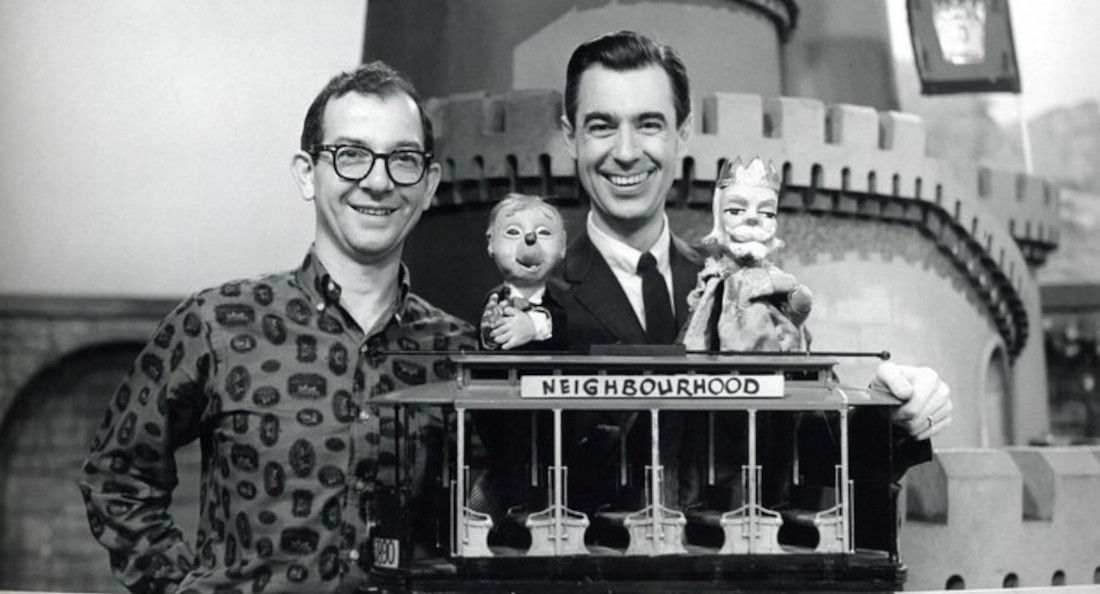Critipeg: Mr. Dressup: the Magic of Makebelieve
★★★☆☆
If you were a child living in Canada born at some point between John Diefenbaker’s first term and Jean Chrétien’s third term, there’s a good chance you spent part of your weekday mornings with Mr. Dressup.
The character portrayed by Ernie Coombs, and the children’s television shows he performed in, were in production in one form or another from 1961 to 1996. That’s long enough that, theoretically, three generations of one family could have grown up with Mr. Dressup.
Mr. Dressup: The Magic of Make-Believe, a new documentary releasing directly to streaming through Amazon Prime Video, serves as a biography of Coombs, the Mr. Dressup show he hosted and his cultural impact on generations of Canadians.
Archival interviews, behind-the-scenes footage and classic clips are interspersed with new talking heads by famous Canadian creatives who grew up watching Coombs, along with his family and closest collaborators.
The doc, directed by Rob McCallum, tracks Coombs’ life from his childhood in Maine. It explores his college days studying illustration, building sets for the theatre department and romancing one of its puppeteers (his future wife Marlene), his move to children’s theatre and television collaborating with Fred Rogers, their move to Canada to work at the CBC and Coombs’ subsequent evolution to a cultural icon.
Make-Believe is very obviously modelled after Won’t You Be My Neighbor?, the 2018 doc about Rogers. It makes sense. That film was popular, and the two men’s careers serve as interesting mirrors of each other. But despite their similar trajectories, they are two fundamentally different characters.
Neighbor is fuelled by Rogers’ eccentric, quiet, almost saintly persona, which seems largely the same onscreen and off. Coombs also seems to bring his whole self in front of the camera, but part of his appeal was that he was essentially an average guy. A talented artist and performer, of course. But if Mr. Rogers was the viewers’ mysterious, kindly neighbour, Mr. Dressup was their lovable, goofy dad.
As a result, Make-Believe can’t help but be less interesting than the film it will inevitably be compared to. It’s perfectly fine to present an uncomplicated portrait of Coombs. He seems to have been a fairly uncomplicated figure.
Even the small bits of tension explored in the film, like the frustrations and eventual departure of crucial puppeteer collaborator Judith Lawrence, seem less directed at Coombs himself than the culture or industry the show existed within. But how much interest that holds for the viewer will largely depend on whether they grew up watching and loving Mr. Dressup.
As someone who did grow up with Coombs, I found a lot of delight in this. But for folks who grew up outside Canada or are young enough to not remember watching the show before CBC stopped airing reruns in 2006, mileage may vary.
There are plenty of interesting, smaller stories contained within this larger one, each of which could make their own fascinating movie. In particular, Coombs and Rogers’ early collaborations or his work with Lawrence could be great character pieces if given the necessary breathing room.
As it is, Make-Believe is serviceable but slight. It made me smile and tear up and filled me with warmth while I was watching it. After I finish this review, I don’t expect it to stick with me. Unlike Mr. Dressup himself. He’s in my DNA.
Published in Volume 78, Number 04 of The Uniter (September 28, 2023)








